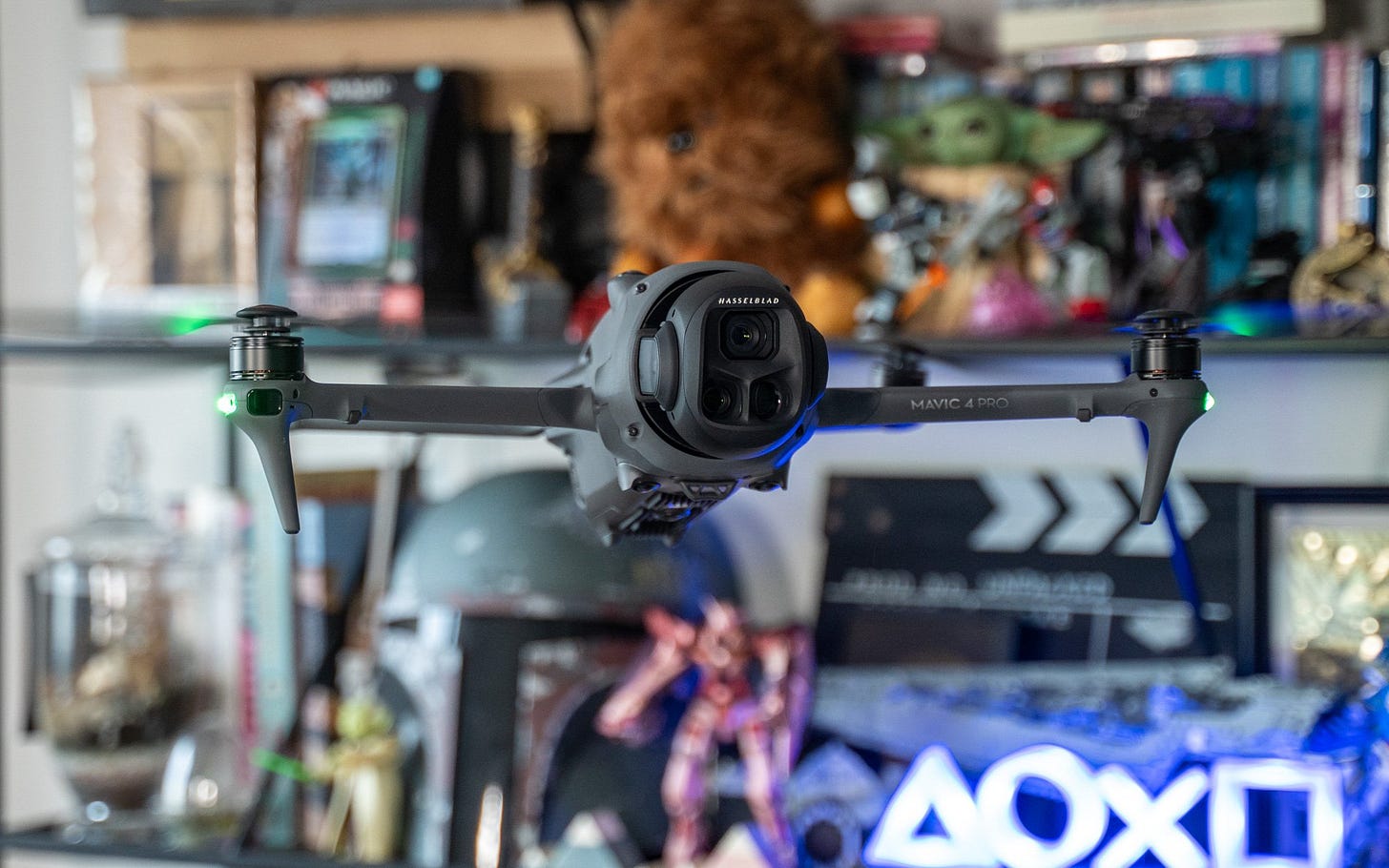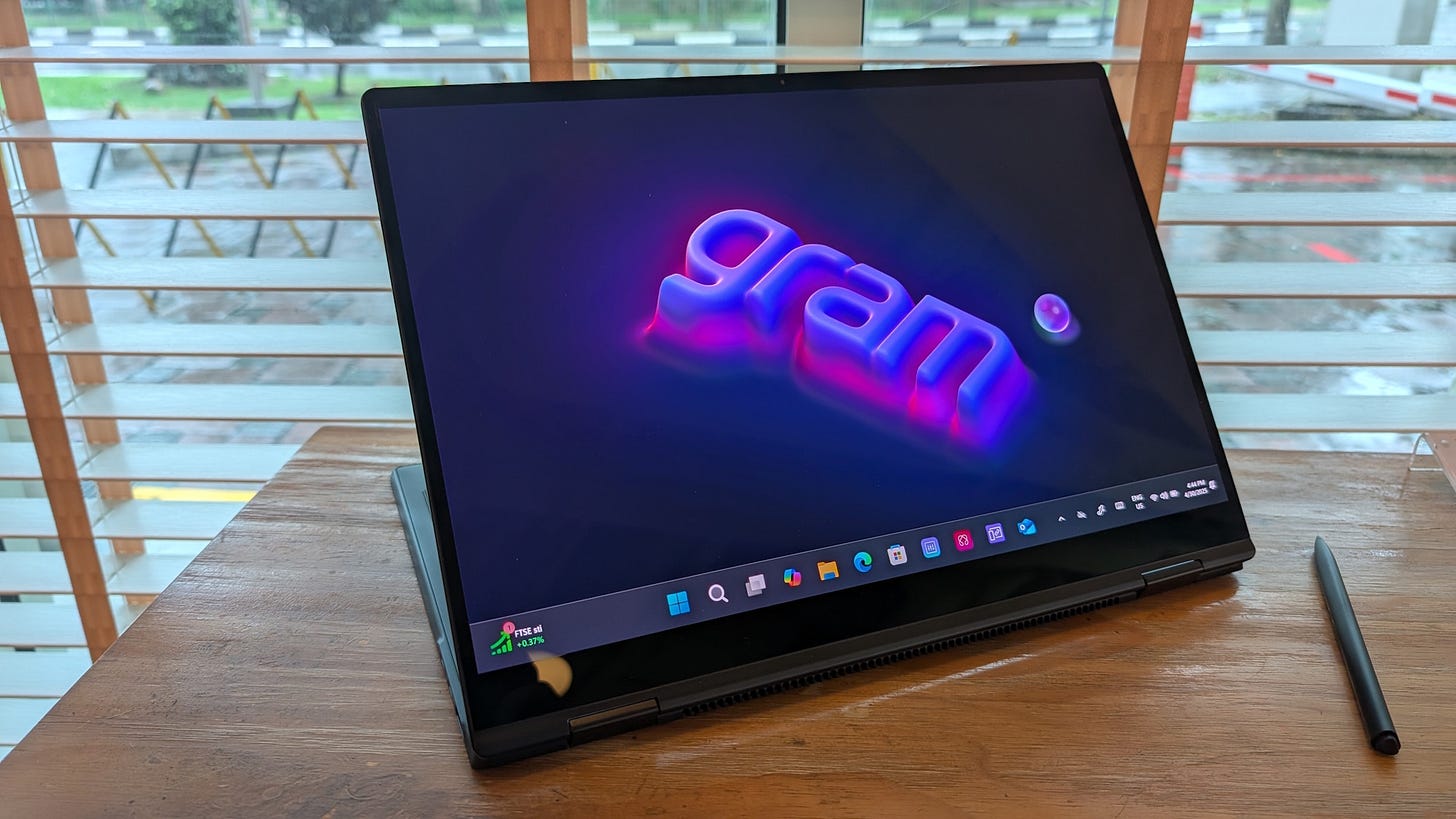Ultra-thin smartphones are here and they are pricey
Samsung beats Apple to punch with Galaxy S25 Edge
Samsung took the wraps off its ultra-thin Galaxy S25 Edge smartphone yesterday. At just 5.8mm thick — that’s 30% thinner than the flagship Galaxy S25 Ultra — it’s certainly as skinny as a smartphone gets. FYI: Most modern flagship phones are in the 7mm to 8mm range.
It’s also about as light as the compact Galaxy S25 at 163g, despite having the 6.7-inch screen of the Galaxy S25+. Oh, and the Galaxy S25 Edge also has the 200MP primary camera of the S25 Ultra. But it lacks the telephoto camera, while the ultra-wide camera has been downgraded from 50MP to 12MP.
By now, you probably have some burning questions about the Galaxy S25 Edge. The most obvious one is the battery life. How long can the Edge last, considering that its paltry 3,900mAh battery capacity is even less than the 4,000mAh on the 6.2-inch Galaxy S25?
Physics say that the battery life of the 6.7-inch Galaxy S25 Edge will be less than that of the smaller Galaxy S25. As for the exact figure, I’ll soon find out when testing it. But who knows how much that battery life will be in a couple of years after some wear and tear.
My second question was: “Who’s asking for an ultra-thin phone?” Well, according to a Samsung product manager, there are consumers who aren’t heavy smartphone users, but still want the best features that are on the S25 Ultra. These users don’t necessarily need a telephoto or the S Pen, but still desire that premium titanium build, and lovely AMOLED screen. And now they can get all that in a sleek, lightweight form. Yay!
But there’s a price to pay for that svelte form. At S$1,628 (256GB) and S$1,808 (512GB), the Samsung Galaxy S25 Edge falls somewhat in between the launch prices of the S25+ and the S25 Ultra. However, Samsung is selling the Ultra (512GB) now at S$1,808, down from S$2,008. In other words, you now have a choice of having a true Samsung flagship or an ultra-thin one with some features removed.
Yet, Samsung didn’t have to make a compromise. At least not in the battery department. Yes, I’m talking about energy-dense silicon carbon batteries that can pack more power into the same slim form factor. It’s not some fantasy, either. Chinese brand Tecno showed off the 5.75mm thick Spark Slim at MWC earlier in February with a 5,200mAh battery that it says is coming later this year.
But perhaps Samsung wanted to beat Apple to releasing an ultra-thin smartphone. The rumoured iPhone Air 17 is said to be a smidgen thinner at 5.5mm, though it may have even more trade-offs, such as not having a physical SIM card slot. One thing’s for sure: The iPhone Air 17 will be more expensive than the Samsung Galaxy S25 Edge. Whether the Galaxy S25 Edge will spark a trend of ultra-thin smartphones remains to be seen.
In our latest reviews, we flew DJI’s latest and greatest drone, tested LG’s premium 2-in-1 Windows convertible, and tried out Logitech’s sequel to its wireless charging mouse mat.
Despite a starting price of S$2,799, the DJI Mavic Pro 4 is still worth the price. It’s basically a flying camera with a Hasselblad main camera (100MP 4/3 sensor), as well as two tele cameras, a 70mm with a 48MP 1/1.3-inch sensor and a 168mm 50MP 1/1.5-inch sensor. You’ll be blown away by the photos and videos taken by this drone. It’s the one to get if you want to shoot like a pro.
If you’re looking for a slim and lightweight 2-in-1 Windows convertible, the 16-inch LG gram Pro 2-in-1 fits the bill. It even comes with LG’s own on-device AI tool, which can help users with queries related to the device. However, you can expect to pay a steep premium for it.
For the second iteration of its wireless charging mouse mat, Logitech removed a key feature — the built-in wireless receiver — as well as the LED lights. The only consolation is that the PowerPlay2 is now S$30 cheaper. But depending on the user, it may still be better to get the original version instead.








